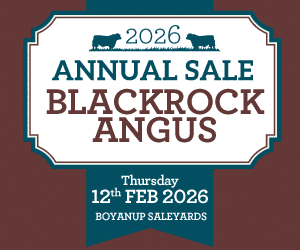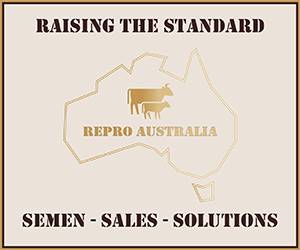Temperament is considered the most important bull selection criteria by cattle producers, a recent survey of Australian beef breeders has revealed.
The survey was conducted during May and June 2019, by an independent market research group as part of an MLA Donor Company and Angus Australia co-funded project. In a key component of the survey, participants were asked to rate the importance of a range of traits and information that are available to select bulls. This survey was primarily undertaken to produce baseline values in which to gauge practice and attitude change over a 5-year period to 2023, when a second quantitative survey will be undertaken. The survey results will also be used to inform policy and strategic direction by the Angus Australia Board and staff. The data represents over 1,000 Australian beef producers, 406,000 head of beef cattle and 108 different breeds and their crosses.
Given the known implications that poor temperament poses, to both individual bulls, and to the wider herd through its progeny – the importance producers give this trait is well placed.
The benefits of good temperament (i.e. docility) are widely documented and acknowledged within industry. These include lower production costs, easy handling and reduced damage, injury and OH&S risk. Performance is also expected to be superior in environments such as feedlots, during situations such as trucking and result in better eating quality with decreased risk of dark cutting at slaughter.
The long-term impact of temperament is realised though its moderate heritability as a trait, similar to yearling weight. With a bull’s substantial genetic influence on a herd – selecting for described docility genetics which enter the herd is therefore paramount. For Angus bulls, this is available as the Docility Estimated Breeding Value (EBV), which is produced from the Trans-Tasman Angus Cattle Evaluation (TACE). The Docility EBV is based on Docility scoring – collected through yard or crush assessment conducted at weaning. In the September 2020 TACE analysis, over 250,000 docility scores were analysed showing the importance placed on this trait by Angus bull breeders.
Fortunately, docility has no known, strong antagonistic genetic relationship with other production or management traits. This means many bulls can be identified that have high Docility EBVs as well as meeting expectations of other breeding objective traits, such as calving ease, weight, fertility or carcase quality.
For more information on temperament, docility scoring or the TACE Docility EBV, please visit the Angus Education Centre.
Producers in all states listed temperament as the most important of bull selection criteria, except for those in South Australia which prioritised polledness and Northern Territory which valued BullCHECK, which on a national basis came in as second and third, respectively. For more insights derived from this survey, please visit the Australia Beef Breeder Insight report, available on the Angus Australia website, which provides a detailed summary of the survey findings.







